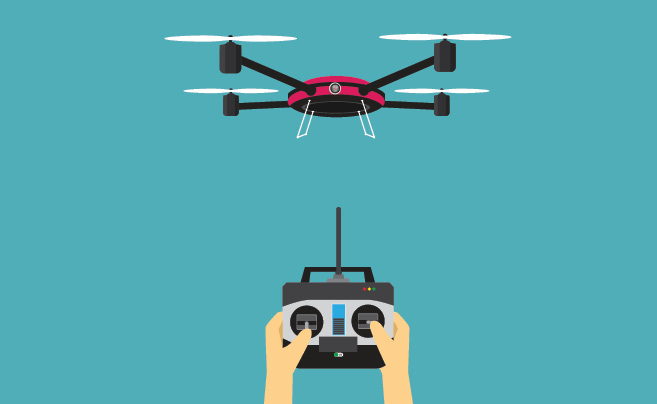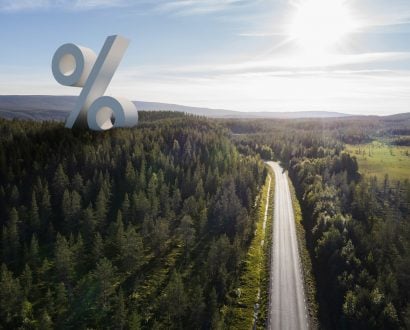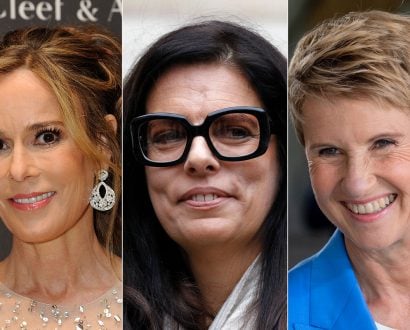The Civil Aviation Safety Authority (CASA) has responsibility for regulating the operation of drones. CASA draws a distinction between commercial and non-commercial flying and has developed a set of regulations to guide each. Hobbyists are entitled to fly drones without certification as long as they comply with a set of criteria restricting flight areas, height and visual contact with the drone. Hobbyists are defined by a lack of commercial gain from their flights. However, don’t be caught out, commercial gain goes beyond direct payments and can include flying for advertising purposes or even just to post on YouTube.
Commercial operators do require certification and are equally bound by restrictions. As with any emerging and rapidly evolving technology the law is developing alongside the industry. Fans of commercial drone operation are eagerly awaiting the 29th of September 2016 when regulations concerning very small RPA’s come into effect. These will allow persons to operate an RPA under 2kg without certifications for any purpose. Restrictions relating to height, geographical coverage/restricted areas and times will still apply.
These operational aspects are relatively uncomplicated. Where drone legislation enters difficult territory is in relation to privacy. Like with any new technologies, there are positive and negative applications. Drones open up amazing capabilities in the areas of surveillance and information collection. But they also have an enormous potential to invade the privacy of individuals, both intentionally and inadvertently in the course of other activities. The Privacy Act 1988 (the Act) sets out a number of privacy protections for Australians, particularly in relation to the collection and retention of data. However, the availability of drone technology has empowered individuals (and some organisations) not covered by the Act to do just that without regulation. Private citizens, political organisations, small businesses and media organisations are not subject to the Act. In addition, the Act avoids regulating invasion into individual’s private seclusion.
There are number of state and federal laws that can be used to extend some protection to individuals against drones. Legislation relating to surveillance devices, stalking and harassment and photography for an indecent purpose offers limited protections. But in many cases the legislation is too outdated to apply to drones, usually having been drafted before the advent of this technology.
To add to the complications, there are also calls for a code of conduct for drone use in relation to wildlife research. Currently, there is little understanding of the impact drones have on animals nor any guidelines for their deployment for this purpose.
What can therefore be concluded is that there are substantial gaps. The current regime can only be described as complicated, incomplete and chaotic. What is the way forward?
A compromise will have to be reached between the rights to privacy, and the interest of drone operators, wildlife research and wildlife welfare. How do we achieve security for Australian citizens without strangling an industry through a substantial regulatory burden? Is it a balance of regulation and voluntary codes of practice?
The House of Representatives Standing Committee on Social Policy and Legal Affairs (the Committee) prepared the Eyes in the Sky Report, an inquiry into drones and the regulation of air safety and privacy, in July 2014.
Among a range of measures, the Committee recommended that the Australian Government co-ordinate with CASA and the Australian Privacy Commissioner to review the adequacy of the privacy and air safety regimes in relation to RPA. However, as of this date the Government has yet to respond to the recommendation leaving drone laws in uncertain territory.





